
|
|
|
|
|
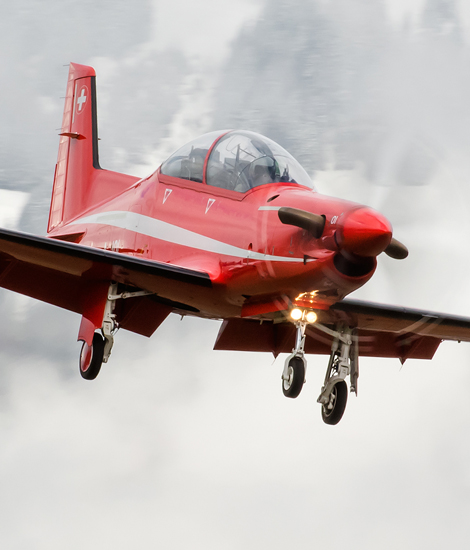
|
Pilotenschule 85; Meiringen, March 21, 2013
The Swiss Air Force, Part 7; Text and Photograph’s by Alex van Noye
The Pilotenschule 85 is based at the Swiss airbase Emmen and is the basic pilot training school of the Swiss Air Force. The unit is equipped with 8 Pilatus PC-21 trainers. The aircraft can regularly been seen at various airports in the country. The aircraft practice many touch and go’s during these extended training flights.
One of the main training aircraft of the Swiss Air Force is the Pilatus PC-21. The aircraft is used for the basic training of fighter pilots. The design of the PC-21 is based on the PC-7 Turbo Trainer. This aircraft is already for many years in service within the Swiss Air Force. The trigger to start the design of the PC-21 took place in 1997 when a modified Pilatus PC-7 MkII was tested. The purpose of this test aircraft was to develop new technologies for a future turboprop for training purposes. The funding for the new training aircraft took place in November 1998. The eventual development of the PC-21 started in January 1999. The roll-out of the first PC-21s from the Pilatus factory in Stans took eventually place on April 30, 2001. The first test flight of the prototype took place in the same year on July 1. The second prototype of the PC-21 made its first flight on June 7, 2004. One of the prototypes crashed at Buochs and the pilot was killed during an aerobatics training flight on January 13, 2005. The first pre-production model made its first flight in August 2005. A second aircraft was delivered soon and both aircraft started the test phase at the beginning of 2006. The PC-21 was certified for Visual Flight Rules (VFR) in December 2004 and for Instrument Flight Rules (IFR) in December 2006. Shortly after this test, the production of this aircraft was started. There were several countries interested in the PC-21, namely; Qatar, Saudi Arabia, Singapore, the United Arab Emirates and Switzerland.
The PC-21 is an ideal aircraft for the training of young fighter pilots. The aircraft is small and cheap, and the aircraft has also excellent flight characteristics. The PC-21 is a light turboprop which has the flight characteristics of a small jet trainer such as the Hawk and the Alpha-Jet. The PC-21 is able to climb to a height of 7.6 km at a maximum speed of over 685km/h. The PC-21 has a flight range of more than 1300km. The aircraft is very light with a weight of just 2330kg; the aircraft can take-off on a runway length of 725m. The PC-21 has a Pratt & Whitney PT6A-68B turboprop engine
|
|
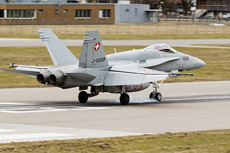
|
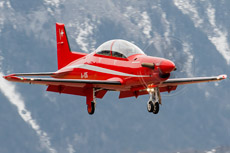
|
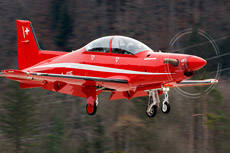
|
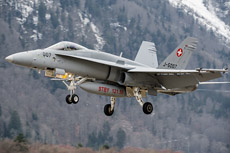
|
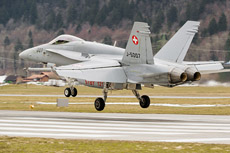
|
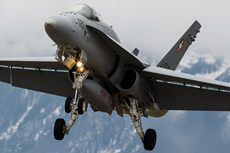
|
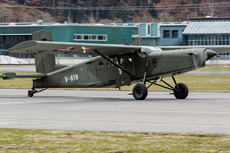
|
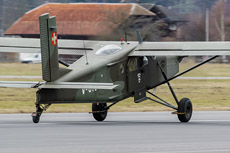
|
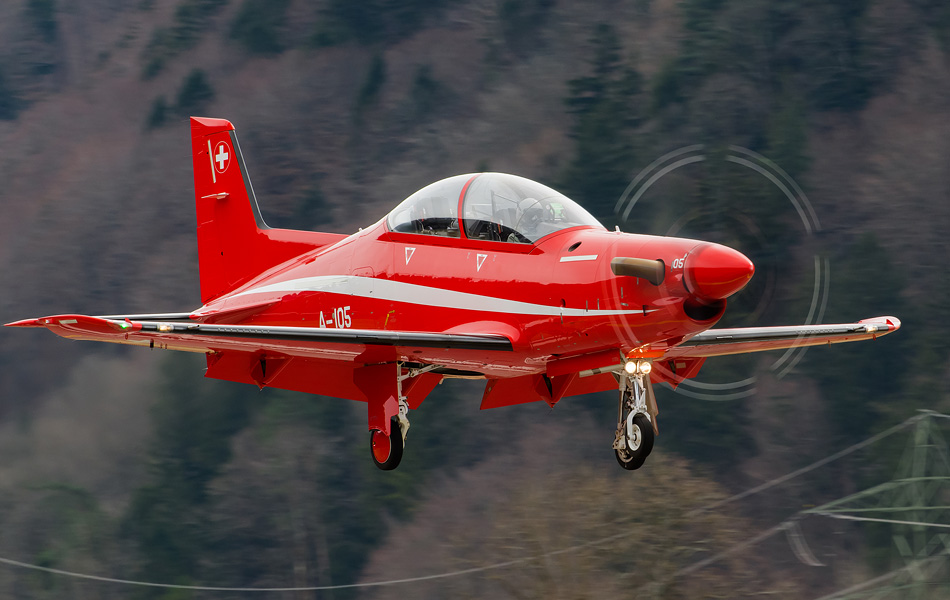
|
with an output of 1200kW. The propeller is made of graphite and has five propeller blades. Because of these properties, the PC-21 is the ideal machine to train pilots for combat aircraft such as the Saab JAS-39 Gripen and the McDonnell Douglas F/A-18 Hornet. The aircraft can be equipped with night vision goggles and is able to simulate airbase radar interceptions. The PC-21 has a full glass cockpit and the aircraft is operated in the same way as a modern jet fighter. These instruments consist of a head-up display and a large number of multi-function displays in the cockpit. The pilot has also access to a hands-on control system where the pilot can operate all systems with his hands on the stick and throttle. The PC-21 can be armed with light weapons such as small bombs and rocket pods. In total, the aircraft has four hardpoints under the wings and one under the fuselage for these weapons. The aircraft is not built for offensive tasks. The PC-21 is the first aircraft of a new generation of training aircraft.
In January 2007, Pilatus received an order from the Swiss Air Force for the delivery of six PC-21s. These six aircraft were all delivered in 2008. The PC-21s were in use at the Pilot School of the Swiss Air Force at Emmen airbase. The six aircraft are registered as A-101 until A-106. Pilatus received in December 2010 a second order from the Swiss Air Force for the delivery of two more aircraft. These two additional PC-21s were registered with the numbers A-107 and A-108. The delivery of these two aircraft took place in 2012. The Swiss Air Force had with the introduction of the PC-21 the opportunity to develop a new trajectory for the training of new pilots for the Swiss Air Force. The PC-21 has replaced the BAe Hawk in the Air Force which has been phased out since 2003. The pilots are during their training with the PC-21 prepared for the Northrop F-5 Tiger and the McDonnell Douglas F/A-18 Hornet. Initially, the pilots were first trained with the PC-7 and later with the F-5 as a preparation for the F/A-18. With the introduction of the PC-21 at the Swiss Air Force it was possible to prepare the pilots immediately for the F/A-18 after the basic pilot training. The training of the military pilots of the Swiss Air Force takes 5 years and 4 months. The first three years and four months are used for the elementary flying training and the military pilots receive the same training as commercial pilots. The military pilot training takes two years. This training consists of 30 weeks of flying with the NCPC-7 and 45 weeks with the PC-21. Basic aspects of the military flying are trained during the 30-week training with the NCPC-7. The pilots learn to deal with instruments and basic maneuvers.
The pilots who have just graduated on the NCPC-7 can fly the basic maneuvers only. During training on the PC-21 they learn the more advanced aspects of military flying. During the 45-week training various topics, such as; technical conversion, IFR flying, formation flying, navigating, conducting air raids, patrols and dogfights are practiced. When the pilots pass on the PC-21, they will go directly to the training on the F-5 Tiger or the F/A-18 Hornet at Payerne airbase. Only a few areas of the Swiss airspace are used during training. This has to do with minimizing the noise in the environment, because Switzerland is a small country. The flying times normal on business days are between 8:30 and 12:00 in the morning and between 13.30 and 17.00 in the afternoon. These times are valid for all military airfields in Switzerland. The minimum altitude for propeller-driven aircraft is 3000m. The produced sound is limited in this way, because propeller-driven aircraft produce more noise compared to jet planes. What part of the Swiss airspace is used depends on the base from which the aircraft operate. The Jura and Hogant area on the south side of the Alps is used when planes operate from Sion. Aircraft which fly from Emmen will operate in the Speer and Hogant area on the north side of the Alps. The PC-21 pilots make a lot of touch and go’s at various airports in Switzerland during the training flights; the PC-21s are therefore seen at many airports.
|
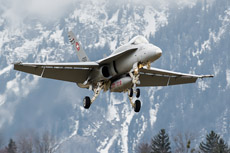
|
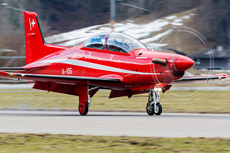
|
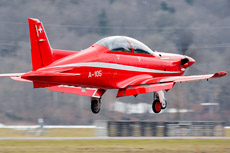
|
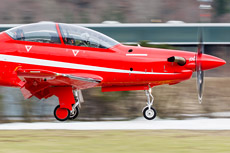
|
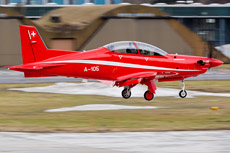
|
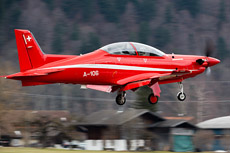
|
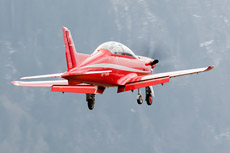
|

|
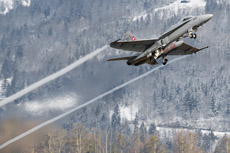
|
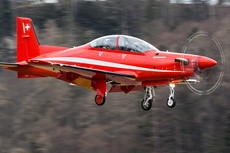
|
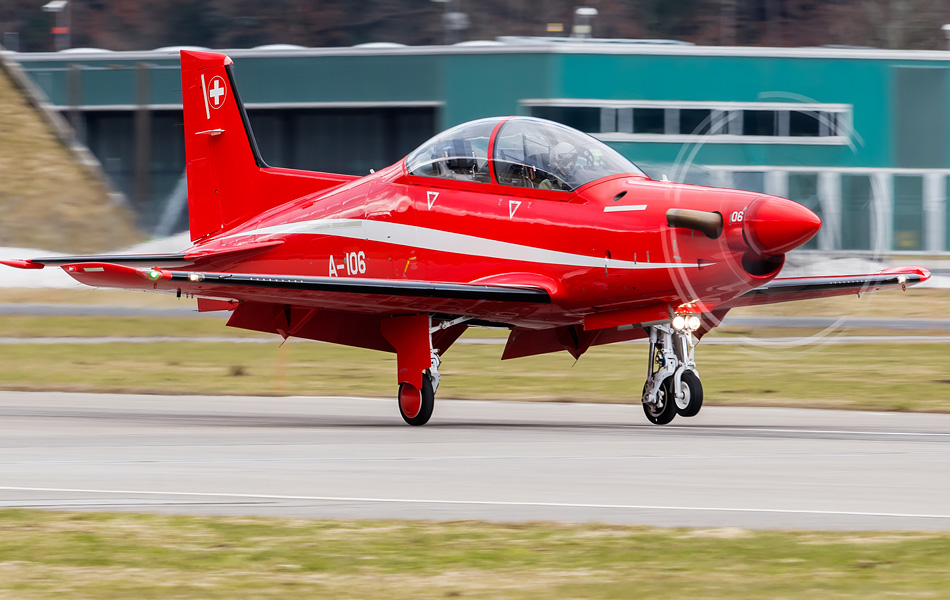
|
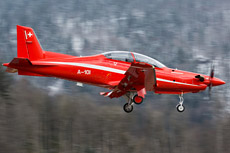
|
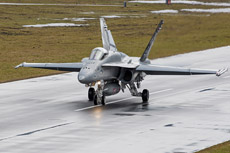
|
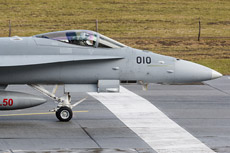
|
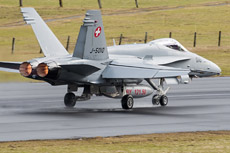
|
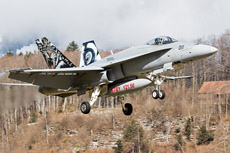
|
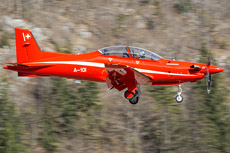
|
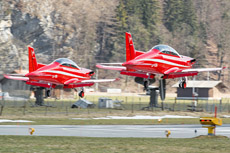
|
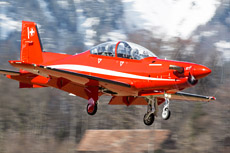
|
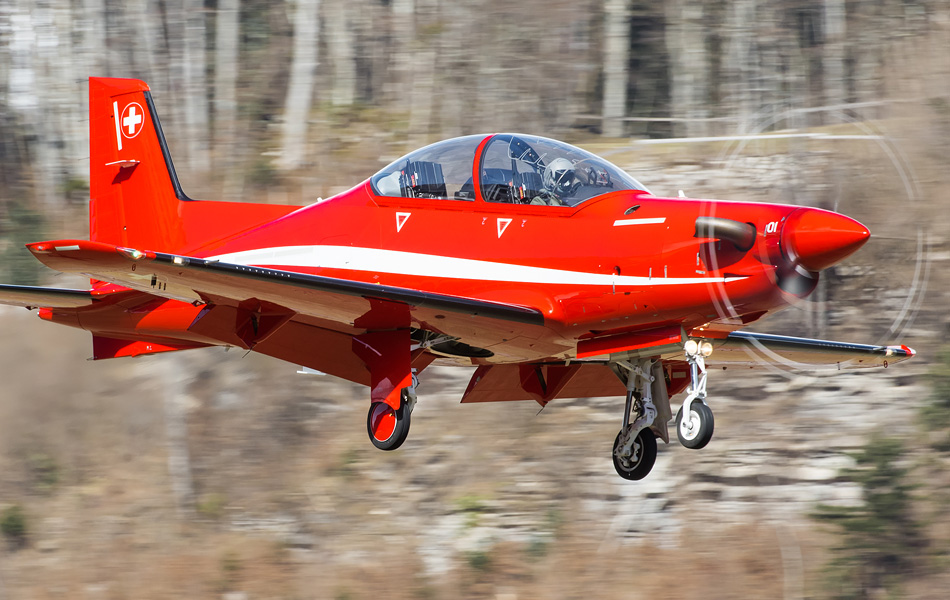
|
|
|

|







